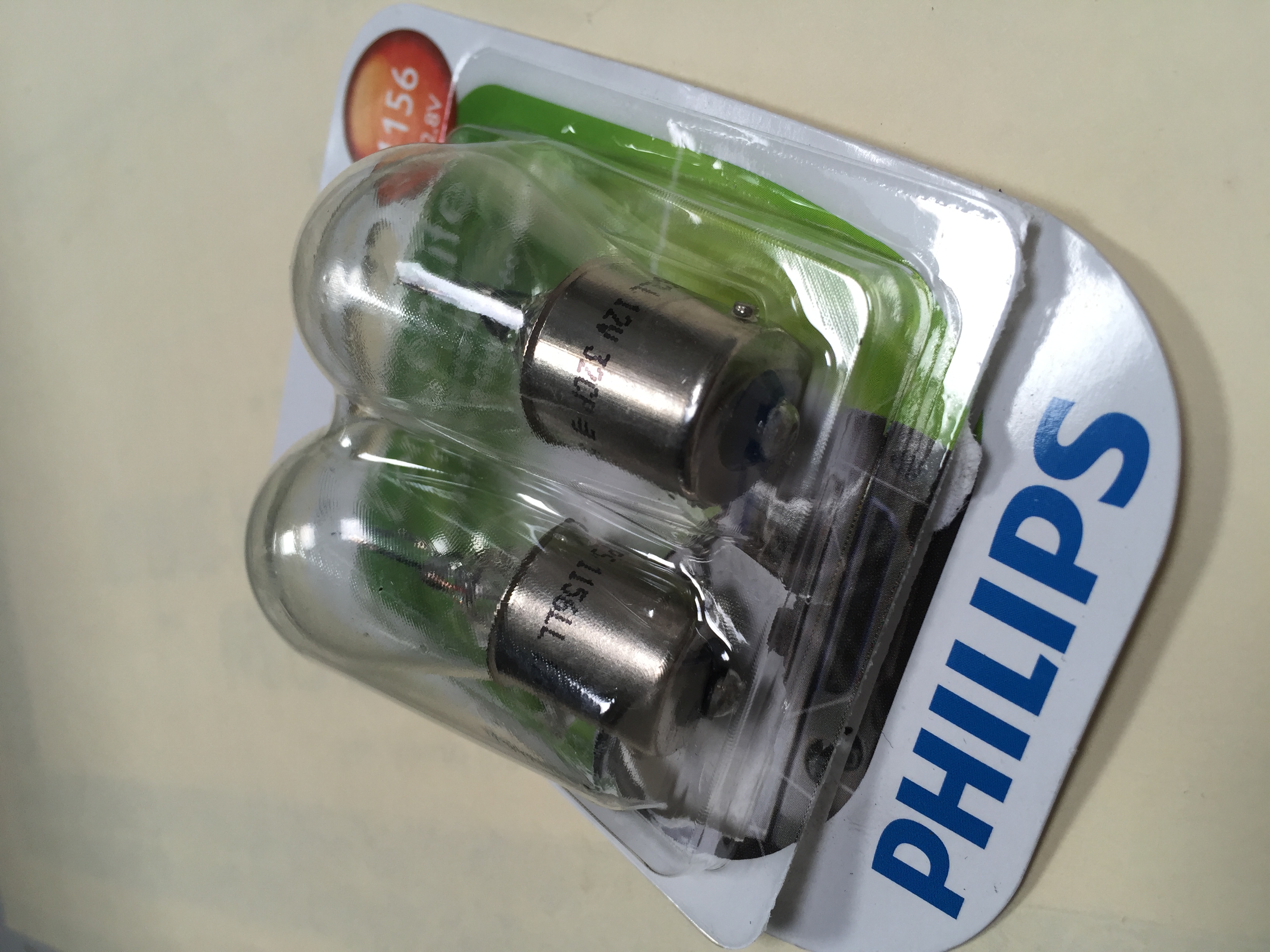I recently upgraded my home network to Google Wifi system (set of 3) and have had a positive experience.
I recently upgraded my home network to Google Wifi system (set of 3) and have had a positive experience. My previous setup was an Apple Airport Extreme with one Netgear 2.4 Ghz extender and a two TP Link extenders. In trying to decipher why the performance improved, I reviewed several aspects of the old network and compare them to the new network. Two major things improved: improved use of 5 Ghz spectrum (which has far more channels than 2.4 Ghz to chose from) and better reach.
and have had a positive experience. My previous setup was an Apple Airport Extreme with one Netgear 2.4 Ghz extender and a two TP Link extenders. In trying to decipher why the performance improved, I reviewed several aspects of the old network and compare them to the new network. Two major things improved: improved use of 5 Ghz spectrum (which has far more channels than 2.4 Ghz to chose from) and better reach.
According to market research companies like 650 Group, Consumer Mesh WLAN is taking share from the older technology like Consumer Routers.
Old Network.
Router: Apple Airport Exteme , which is a 802.11ac Wave 1 consumer router. This has a very nice user interface for my iPhone 6
, which is a 802.11ac Wave 1 consumer router. This has a very nice user interface for my iPhone 6 . However, if you click on the link for the Airport, you’ll see that this is a refurbished unit. That’s because Apple exited the WiFi router market in November 2016.
. However, if you click on the link for the Airport, you’ll see that this is a refurbished unit. That’s because Apple exited the WiFi router market in November 2016.
Extender: TP-Link N300 Wi-Fi range Extender (Tl-WA855RE), which is a very affordable device, which I purchased for $14.99. I see it sells for $22.99 today, though. This device is a 802.11n device, operating only at 2.4 Ghz. For me, I found it relatively easy to set up.
Extender: TP-Link AC750 (RE2000) , which sells for $24.99 today. I bought it earlier in 2017 for $29.99. This product didn’t seem to have as good a range as the N300 above.
, which sells for $24.99 today. I bought it earlier in 2017 for $29.99. This product didn’t seem to have as good a range as the N300 above.
Netgear WN2500RP Dual Band , which sells for $39.99 today. I bought this a long time ago and cannot remember when.
, which sells for $39.99 today. I bought this a long time ago and cannot remember when.
Generally, this network had about 15-18 devices on it at any given time, including a Tivo that used an 802.11g adapter, a chromecast, an Apple TV, an Amazon stick, several iPhones (like 4-5), a Moto Android, several ooma phone adapters (3 in total), two iPads, 2 Windows machines, a Mac desktop, a Macbook Pro, a chromebook, two Arlo Pros (these cameras are the best I’ve ever had, and they had 30 day battery life), and for my Husky mutt dog, a Whistle 3
(these cameras are the best I’ve ever had, and they had 30 day battery life), and for my Husky mutt dog, a Whistle 3 (recommended for finding your dog when he/she runs away).
(recommended for finding your dog when he/she runs away).
The old system would experience frequent outages when everyone would come home. Basically, the devices furthest from the main router would experience outages frequently. Over time, this got worse and worse as my family would use more and more video. Also, for a variety of reasons, I had three different SSIDs, which meant devices on the move would have to reconnect – this is awful because devices don’t always connect as soon as they should and then you cannot communicate to the network.
New system.
So, I bought the Google WiFi 3 pack for $279.99. This was more affordable than more well known hardware brands like Netgear, Linksys, as well as the innovator in this market, eero. Frankly, I would have trusted any of these four brands, but the Google price was more than $100 less, so I went for it.
for $279.99. This was more affordable than more well known hardware brands like Netgear, Linksys, as well as the innovator in this market, eero. Frankly, I would have trusted any of these four brands, but the Google price was more than $100 less, so I went for it.
Installation was very, very easy and consisted of downloading an IOS app, scanning a QR code, plugging in the first device, cycling my cable modem and waiting a bit. Then I plugged in the other two devices, and they just worked. The app shows very useful usage statistics, like what frequency each device is operating on (2.4 or 5 Ghz), what total network bandwidth (up and downstream) is being used, how much bandwidth each device is using. Additionally, the software can tell you if each of the routers is placed too far away. Basically, this is a well thought out system that works much better than my old router + extender network. It allows me to operate 18-20 devices constantly with no interruptions so far. I’m very pleased.
We are a participant in the Amazon Services LLC Associates Program, an affiliate advertising program designed to provide a means for us to earn fees by linking to Amazon.com and affiliated sites.
